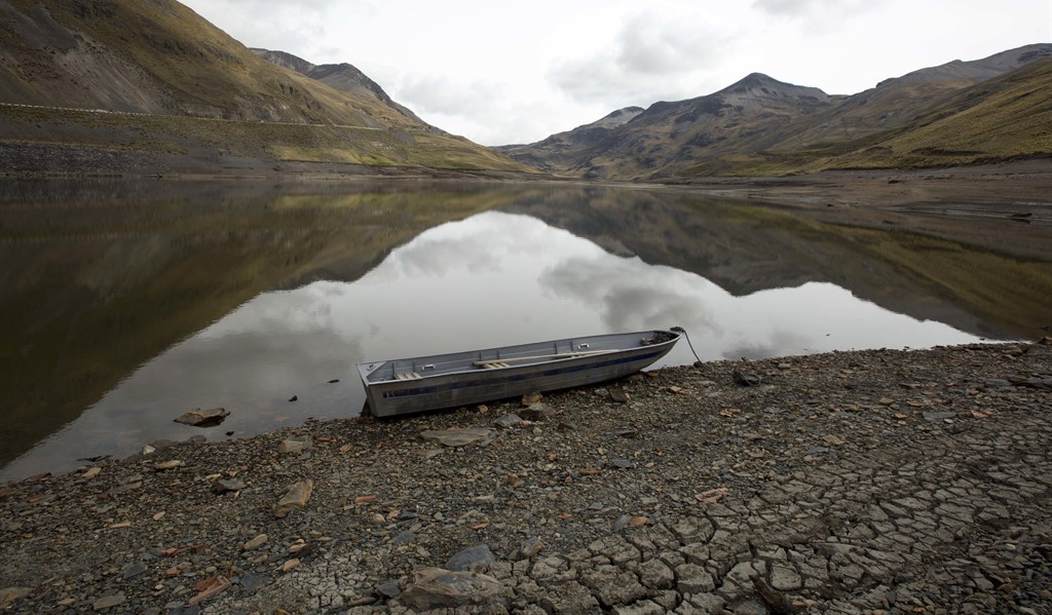These days, even shipwreck museums showcase evidence of climate change.
After diving recently among Key West’s fabled ship-destroying barrier reefs, I immersed myself in exhibits from the Nuestra Senora de Atocha, the fabled Spanish galleon that foundered during a ferocious hurricane in 1622. The Mel Fisher Maritime Museum now houses many of the gold, silver, emeralds and artifacts that Mel and Deo Fisher’s archeological team recovered after finding the wreck in 1985.
Also featured prominently in the museum is the wreck of a British slave ship, the Henrietta Marie. It sank in a hurricane off Key West in 1700, after leaving 190 Africans in Jamaica, to be sold as slaves.
As Fisher divers excavated the Henrietta wreck, at 40 feet below the sea surface they found – not just leg shackles and other grim artifacts from that horrific era – but charred tree branches, pine cones and other remnants from a forest fire 8,400 years ago! The still resinous smelling fragments demonstrate that this area (like all other coastal regions worldwide) was well above sea level, before the last ice age ended and melting glaciers slowly raised oceans to their current level: 400 feet higher than during the frigid Pleistocene, when an enormous portion of Earth’s seawater was locked up in glaciers.
Climate change has clearly been “real” throughout earth and human history. The question is, exactly how and how much do today’s human activities affect local, regional or global climate and weather?
Unfortunately, politicized climate change researchers continue to advance claims that complex, powerful, interconnected natural forces have been replaced by manmade fossil fuel emissions, especially carbon dioxide; that any future changes will be catastrophic; and that humanity can control climate and weather by controlling its appetite for oil, gas, coal and modern living standards.
Recommended
If you like your climate, you can keep it, they suggest. If you don’t, we can make you a better one.
Not surprisingly, climate chaos scientists who’ve relied on the multi-billion-dollar government gravy train are distraught over the prospect that President Donald Trump will slash their budgets or terminate their CO2-centric research. Desperate to survive, they are replacing the term “climate change” with “global change” or “weather” in grant proposals, and going on offense with op-ed articles and media interviews.
“This is what the coming attack on science could look like,” Penn State modeler and hockey stick creator Michael Mann lamented in a Washington Post column. “I fear what may happen under Trump. The fate of the planet hangs in the balance.”
A “skeptic” scientist has warmed to the idea that a major Greenland ice shelf may be shrinking because of climate change, a front-page piece in the Post claimed. Perhaps so. But is it manmade warming? Does it portend planetary cataclysm, even as Greenland’s interior and Antarctica show record ice growth? Or are warm ocean currents weakening an ice shelf that is fragile because it rests on ocean water, not land?
The fundamental problem remains. If it was substandard science and modeling under Obama era terminology, it will be substandard under survivalist jargon. The notion that manmade carbon dioxide now drives climate and weather – and we can predict climate and weather by looking only at CO2 and other “greenhouse gases” – is just as absurd now as before.
Their predictions will be as invalid and unscientific as divining future Super Bowl winners by modeling who plays left guard for each team – or World Cup victors by looking only at center backs.
As climate realists take the reins at EPA and other federal and state agencies, the Trump Administration should ensure that tax dollars are not squandered on more alarmist science that is employed to justify locking up more fossil fuels, expanding renewable energy and “carbon capture” schemes, reducing US living standards, and telling poor countries what living standards they will be “permitted” to have.
Reliable forecasts, as far in advance as possible, would clearly benefit humanity. For that to happen, however, research must examine all natural and manmade factors, and not merely toe the pretend-consensus line that carbon dioxide now governs climate change.
That means government grants must not go preferentially to researchers who seek to further CO2-centrism, but rather to those who are committed to a broader scope of solid, dispassionate research that examines both natural and manmade factors. Grant recipients must also agree to engage in robust discussion and debate, to explain and defend their data, methodologies, analyses and conclusions.
They must devote far more attention to improving our understanding of all the forces that drive climate fluctuations, the roles they play, and the complex interactions among them. Important factors include cyclical variations in the sun’s energy and cosmic ray output, winds high in Earth’s atmosphere, and decadal and century-scale circulation changes in the deep oceans, which are very difficult to measure and are not yet well enough understood to predict or be realistically included in climate models.
Another is the anomalous warm water areas that develop from time to time in the Pacific Ocean and then are driven by winds and currents northward into the Arctic, affecting US, Canadian, European and Asian temperatures and precipitation. The process of cloud formation is also important, because clouds help retain planetary warmth, reflect the sun’s heat, and provide cooling precipitation.
Many scientists have tried to inject these factors into climate discussions. However, the highly politicized nature of US, IPCC and global climate change funding, research, regulatory and treaty-making activities has caused CO2-focused factions to discount, dismiss or ignore the roles these natural forces play.
The political situation has also meant that most research and models have focused on carbon dioxide and other assumed human contributions to climate change. Politics, insufficient data and inadequate knowledge also cause models to reflect unrealistic physics theories, use overly simplified and inadequate numerical techniques, and fail to account adequately for deep-ocean circulation cycles and the enormity and complexity of natural forces and their constant, intricate interplay in driving climate fluctuations.
Speedier, more powerful computers simply make any “garbage in-garbage out” calculations, analyses and predictions occur much more quickly – facilitating faster faulty forecasts … and policy recommendations.
The desire to secure research funding from Obama grantor agencies also perpetuated a tendency to use El Niño warming spikes, and cherry-pick the end of cooling cycles as the starting point for trend lines that allegedly “prove” fossil fuels are causing “unprecedented” temperature spikes and planetary calamity.
Finally, the tens of billions of dollars given annually in recent years to “keep it in the ground” anti-fossil fuel campaigners, national and international regulators, and renewable energy companies have given these vested interests enormous incentives to support IPCC/EPA pseudo-science – and vilify and silence climate realists who do not accept “catastrophic manmade climate change” precepts.
The Trump Administration and 115th Congress have a unique opportunity to change these dynamics, and ensure that future research generates useful information, improved understanding of Earth’s complex climate system, and forecasts that are increasingly accurate. In addition to the above, they should:
* Reexamine and reduce (or even eliminate) the role that climate model “projections” (predictions) play in influencing federal policies, laws and regulations – until their capabilities are vastly and demonstrably improved, in line with the preceding observations.
* Revise the Clean Air Act to remove EPA’s authority to regulate carbon dioxide – or compel EPA to reexamine its “endangerment” finding, to reflect the previous bullet, information and commentary.
* Significantly reduce federal funding for climate research – and science in general. Funding should be more broadly based, not monopolistic, especially when the monopoly is inevitably politicized.
This is not an “attack on science.” It is a reaffirmation of what real science is supposed to be and do.



















Join the conversation as a VIP Member